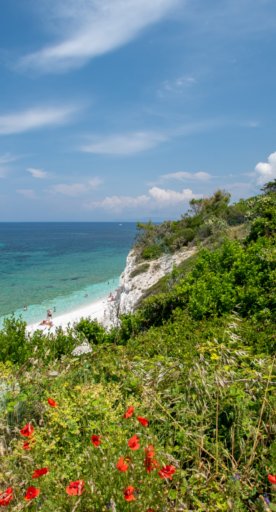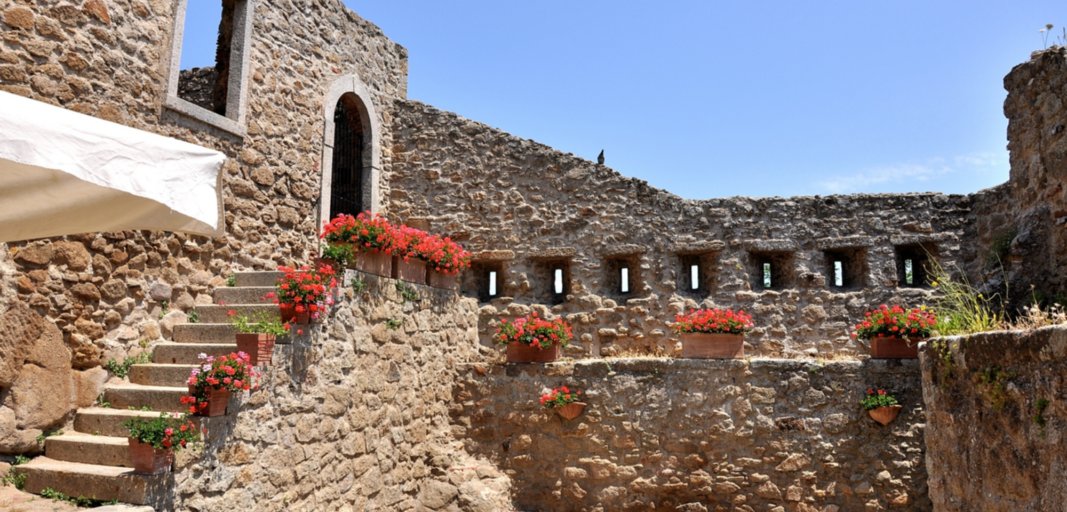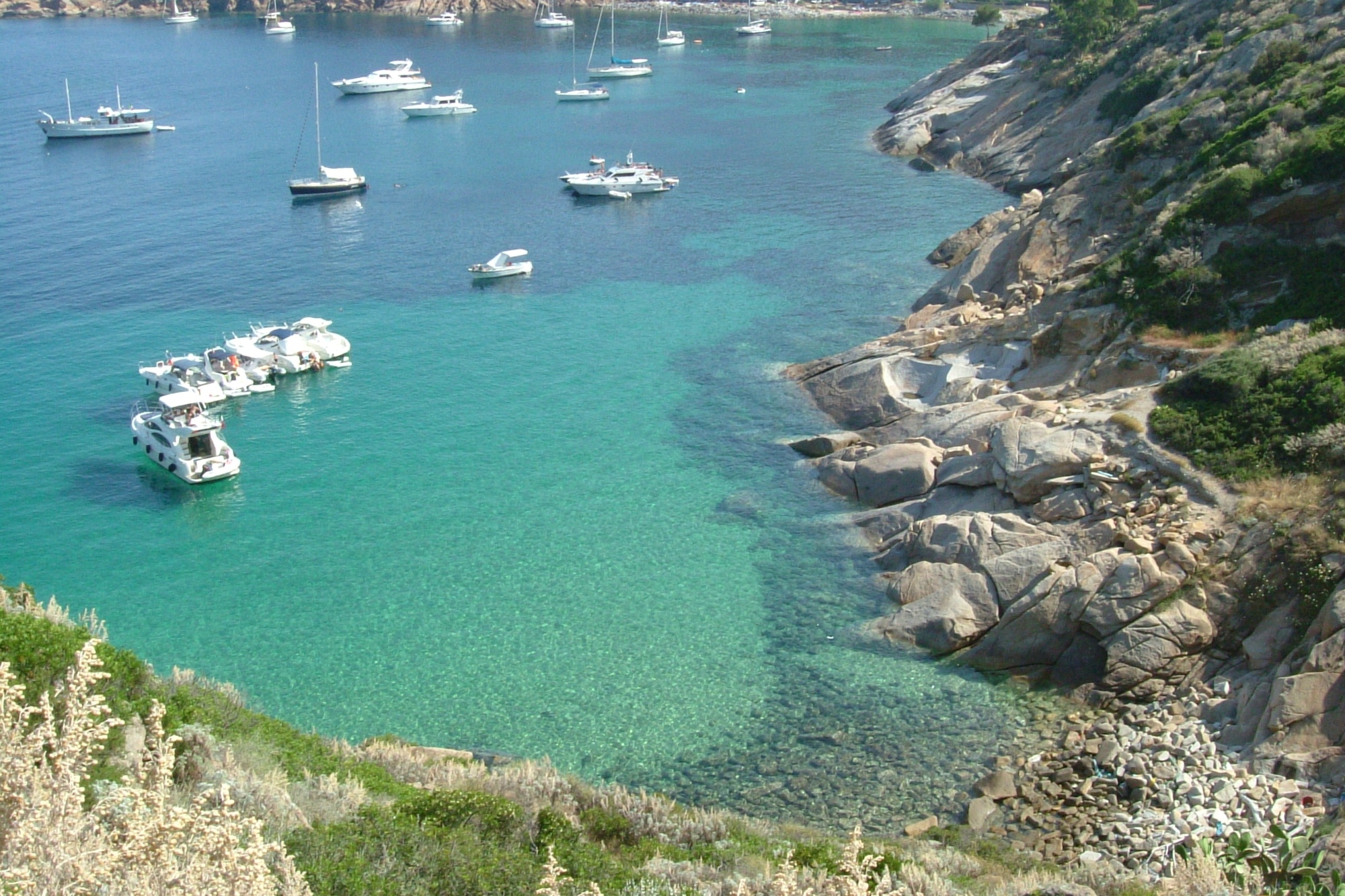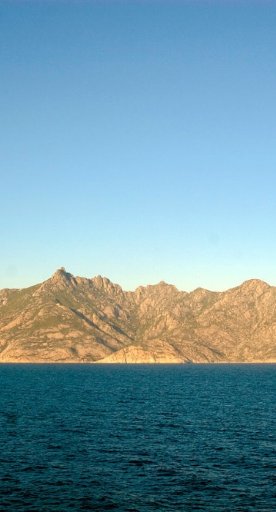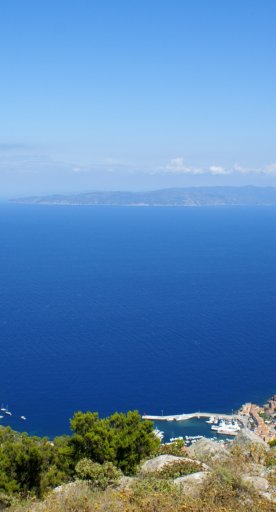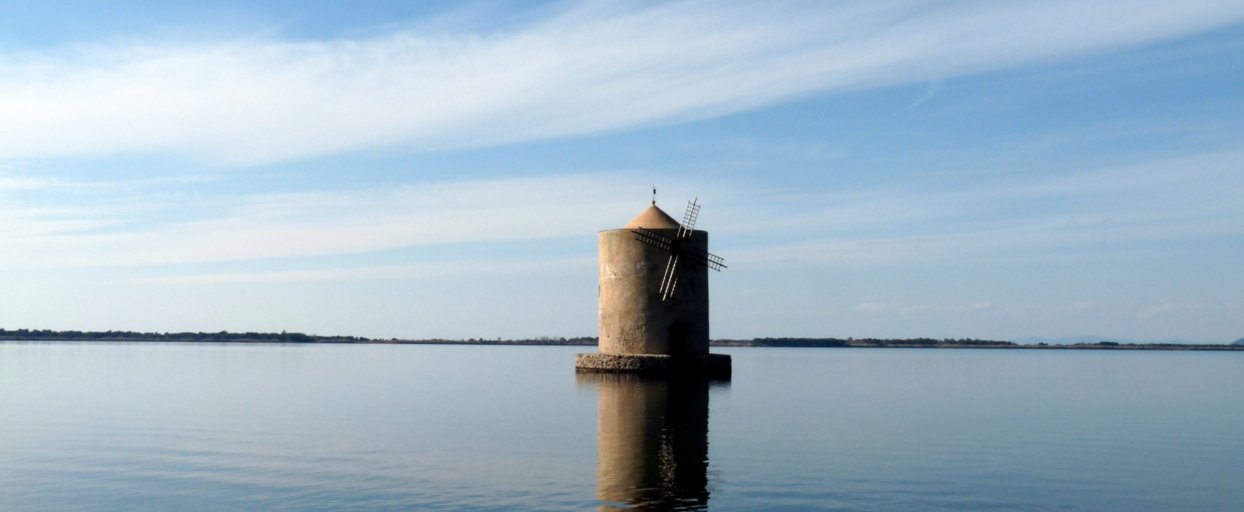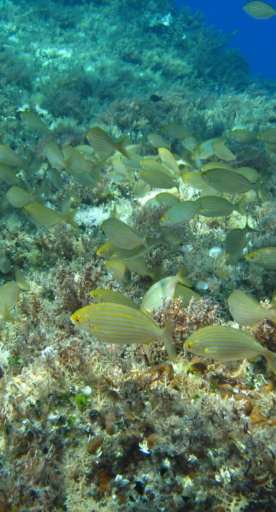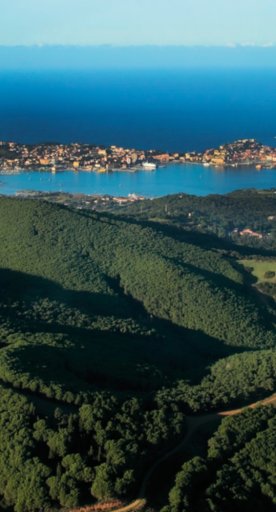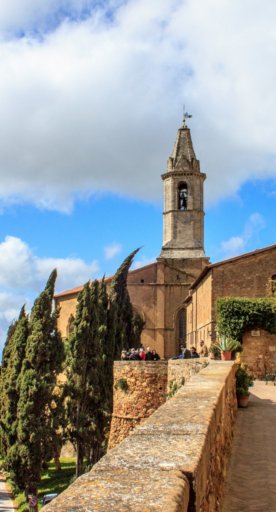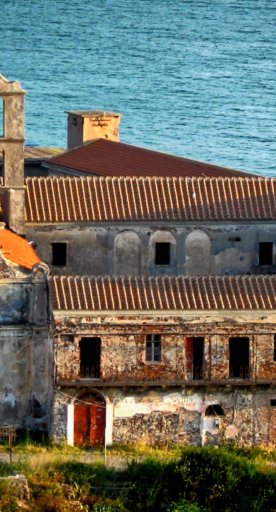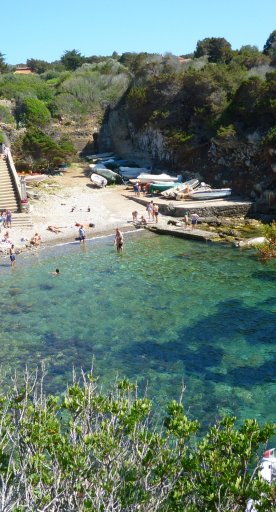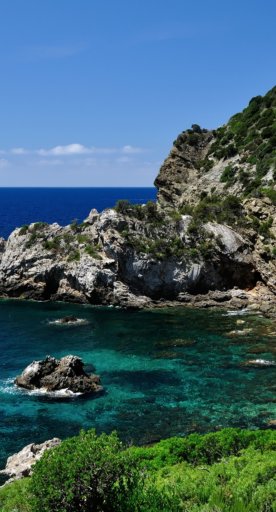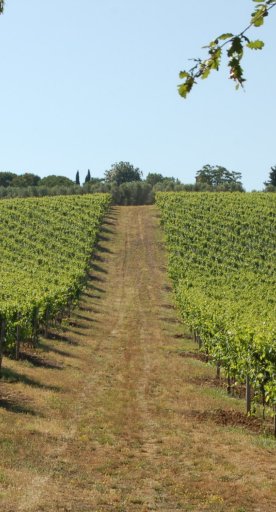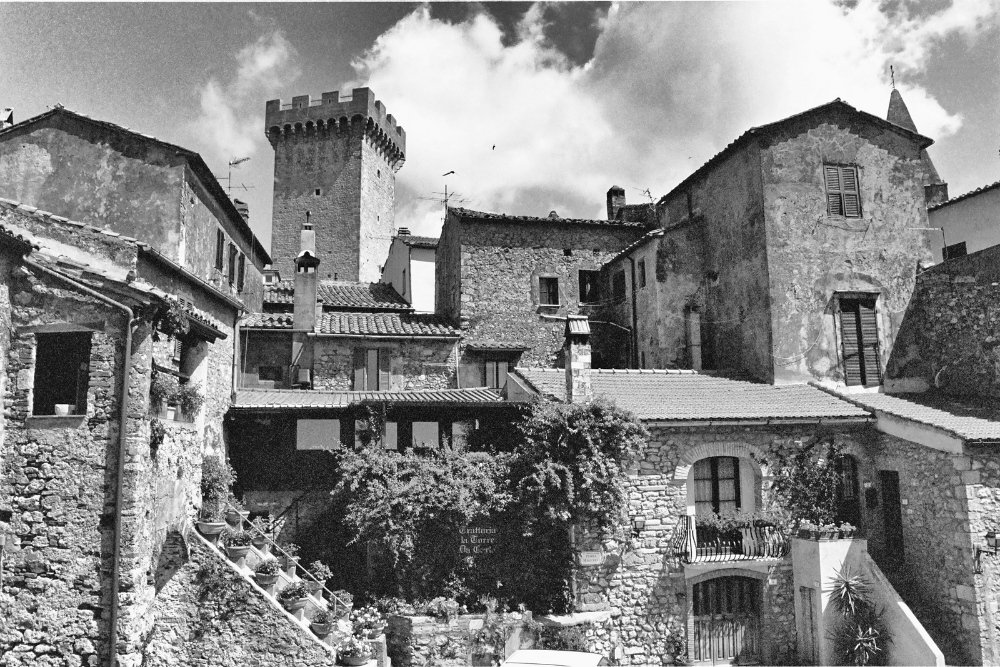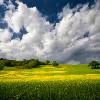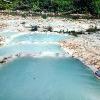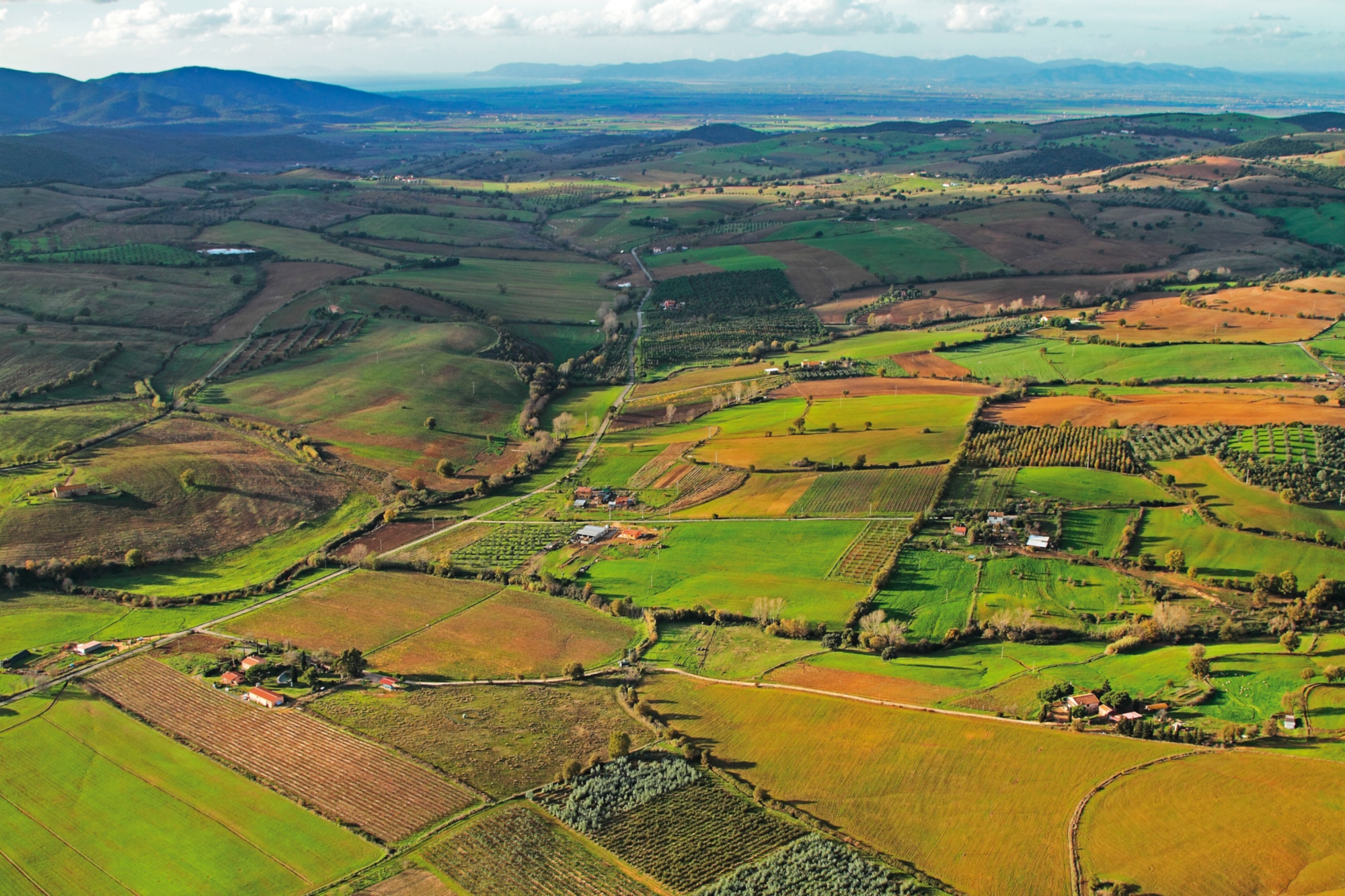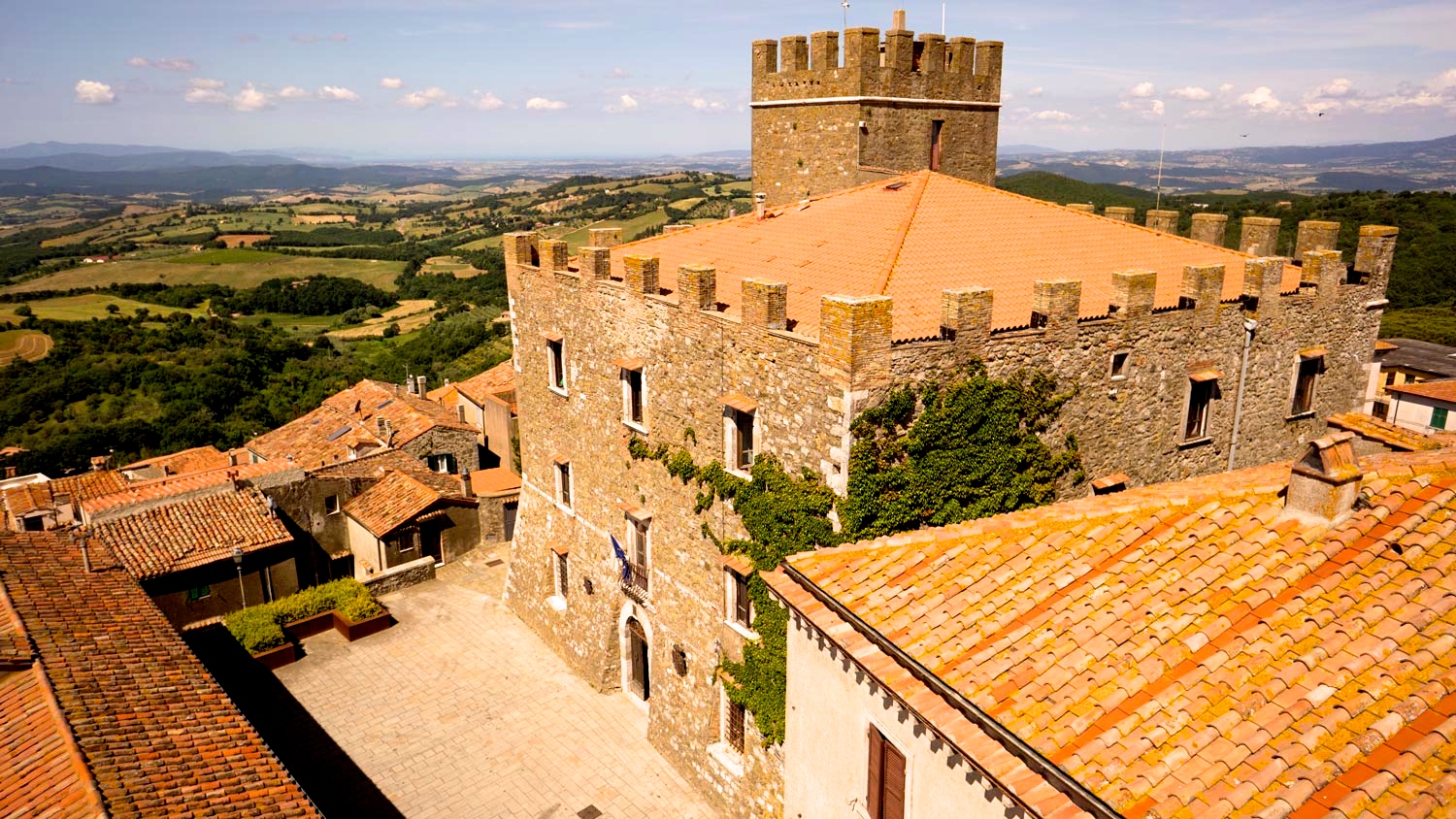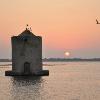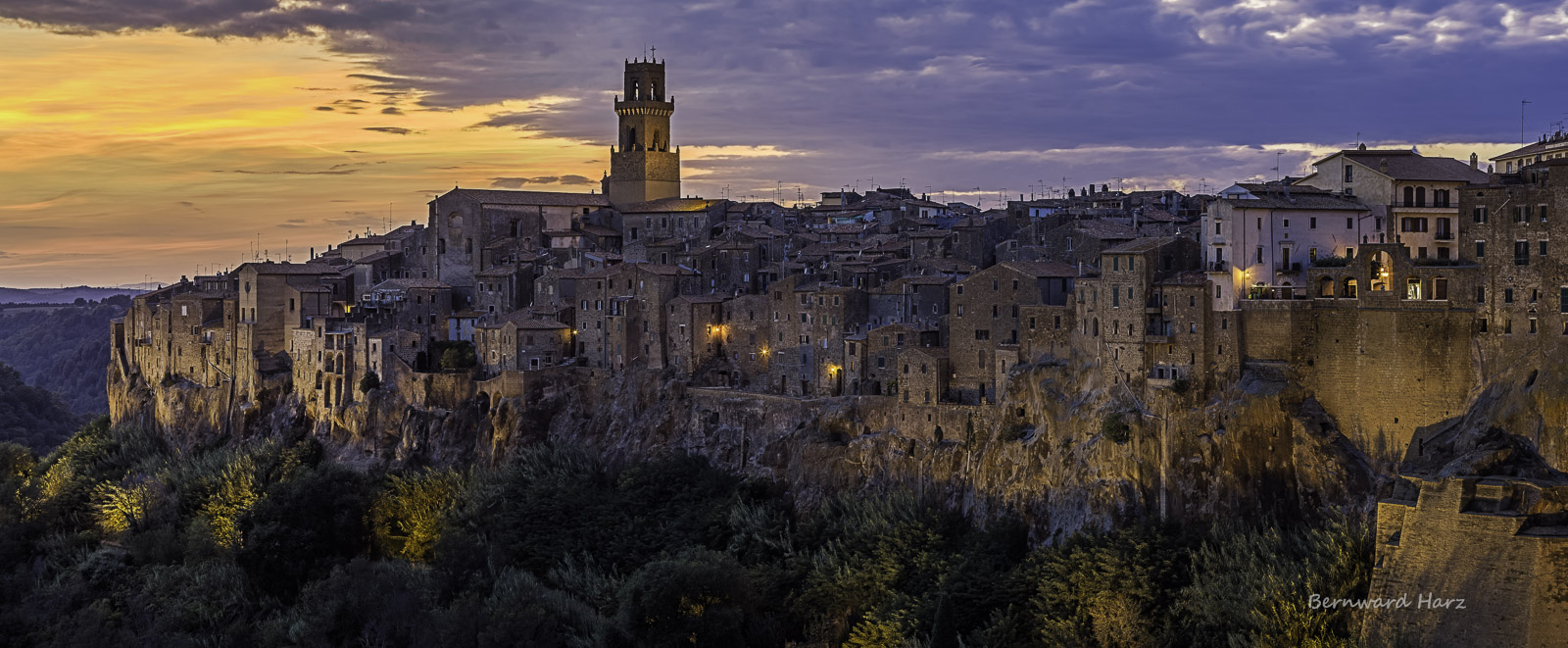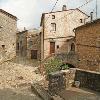Isola del Giglio’s main beaches include Arenella, Canelle and Caldane, which are all on the east coast, while Campese, the island's largest, lies to the north-west.
The unbelievably clear waters of the island and rich seabeds, teeming with fish, mean that tourists and diving enthusiasts alike can experience the enchanting and uncrowded setting of an uncontaminated sea. The rare seahorse can be seen along the island’s seabeds, where even seagrass can be found at unusual depths, whilst deeper still are vertical walls covered with blue sponges and red and yellow alcyonacea, swarming with sealife.
The most populated areas of Giglio are the centres of Porto, Giglio Castello and Campese. Giglio Porto is a picturesque little port nestled on a cove, enclosed by two piers and a hilly amphitheatre terraced with vineyards. From here a narrow and winding road leads to Giglio Castello, the centre of the municipality which also administers over the island of Giannutri. The ancient town has kept its fortified village aspect: high medieval walls with towers surround it, and inside are a warren of arched alleyways, underpasses, steep stairways carved into the rock and old houses leaning against each other, all in the shadow of the fortress. Campese, on the west coast of the island, is primarily a holiday resort. Located in the centre of a bay bordered by a wide golden beach, it is embellished by the presence of an imposing tower built during the reign of Ferdinand I.


